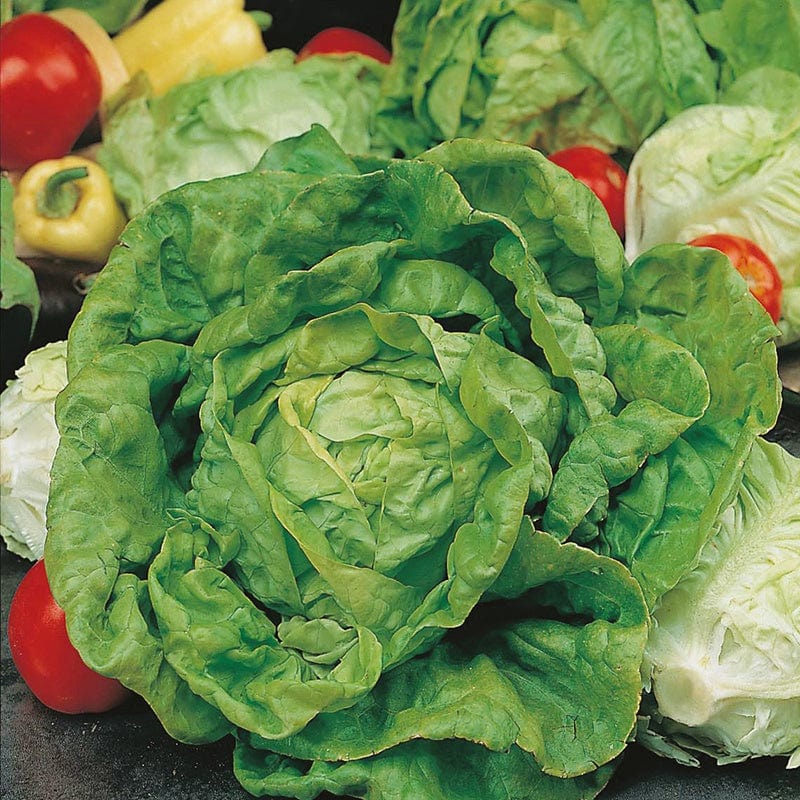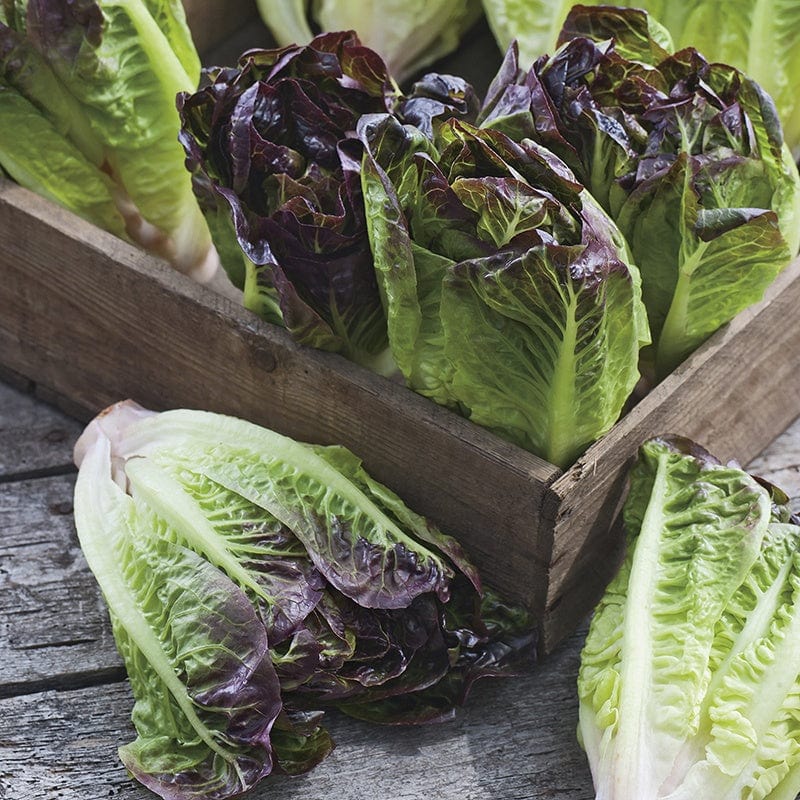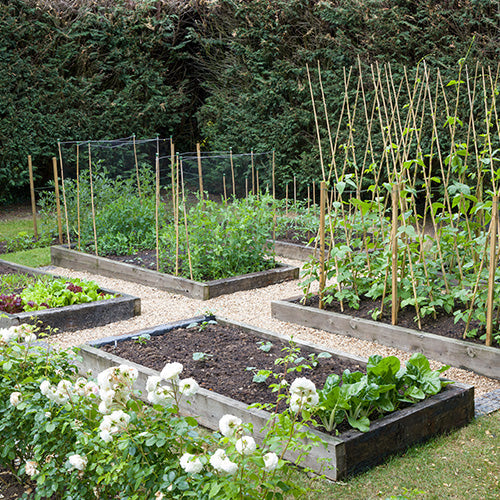How to Sow Lettuce Seeds
Sow a short row every fortnight to ensure continuity of cropping. Sow seed thinly 1.5cm (half-inch) deep in rows 30cm (12in) apart.
Start thinning as soon as the first true leaves appear and continue as necessary while the plants develop. Take alternate plants, allowing the remainder to grow on. If you water the soil the day before thinning and do it carefully, the thinned-out plants can be replanted, properly spaced at the end of the row, and will give a slightly later crop. Otherwise, the thinning can be used in salads.
When to Sow Lettuce Seeds
The time of sowing depends on the variety and when the crop is wanted, but generally, for a summer or autumn crop, sow outdoors from late March to early August.
Sowing Lettuce for Early Spring
For an even earlier crop, sow indoors in early February and plant out in early March under cloches or plastic that have been in place for a couple of weeks to pre-warm the soil.
Sowing Lettuce for Winter
For an early winter crop, sow outdoors in early August and cover the plants with closed cloches in late September. For a midwinter crop, sow in a heated greenhouse in September and October and grow on in the greenhouse.
Sowing Lettuce for Spring
For a spring crop, sow a variety, such as Lettuce Winter Density seeds, from August onwards, either in a cold greenhouse or outside under garden cloches in mild areas.

 Ground Prep
Ground Prep

 Sowing
Sowing

 Planting
Planting

 Plant Care
Plant Care

 How to Harvest Lettuce
How to Harvest Lettuce

 Problems
Problems

Ground Preparation
Sowing
Planting
Plant Care
Harvesting
Problems
















Leave a comment
All comments are moderated before being published.
This site is protected by hCaptcha and the hCaptcha Privacy Policy and Terms of Service apply.